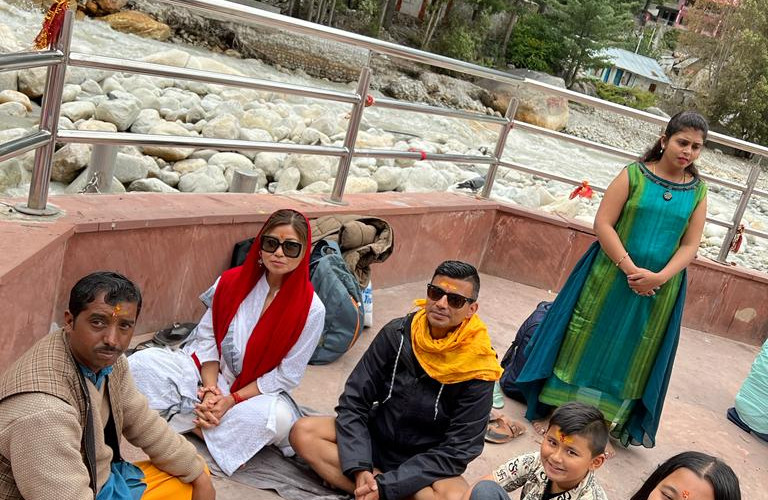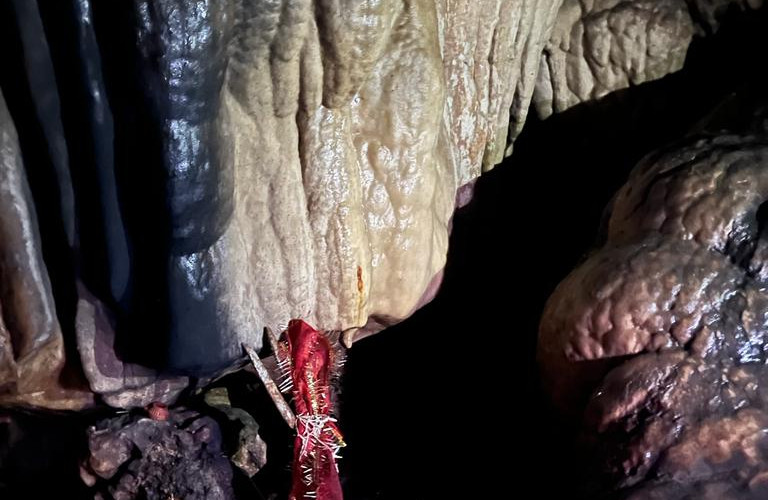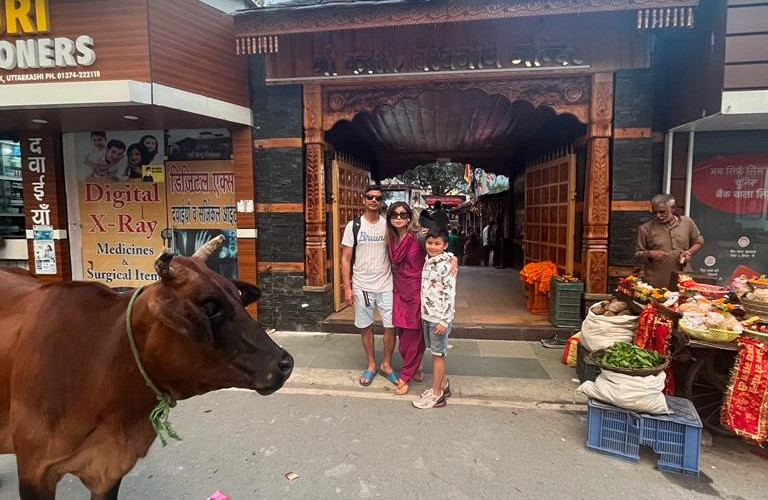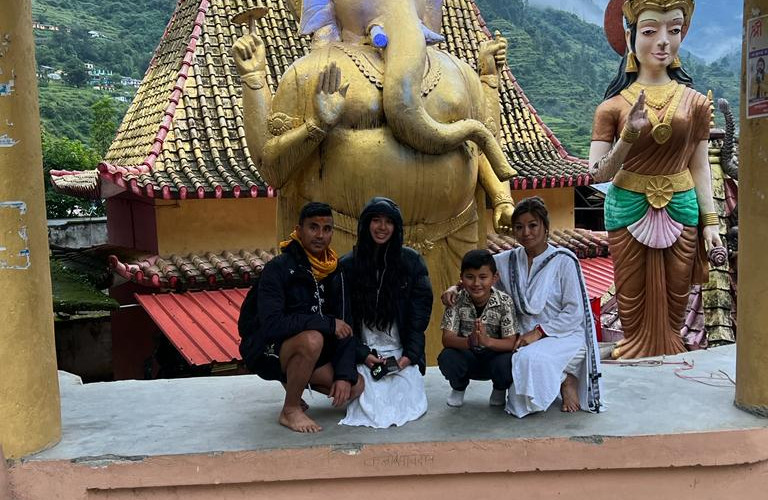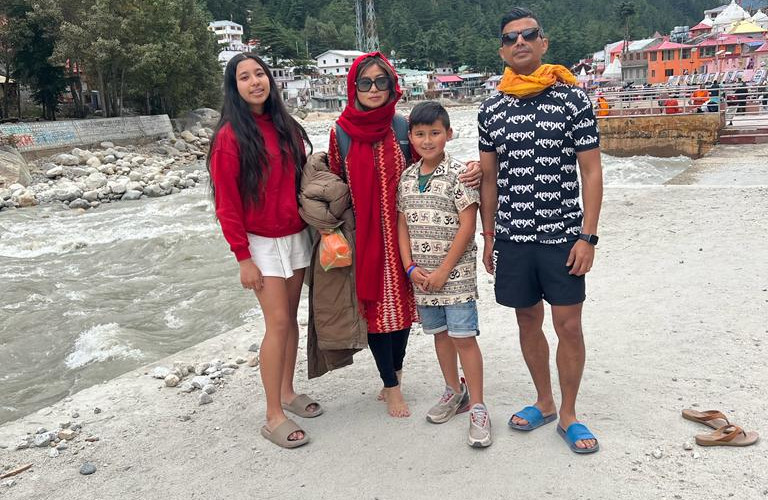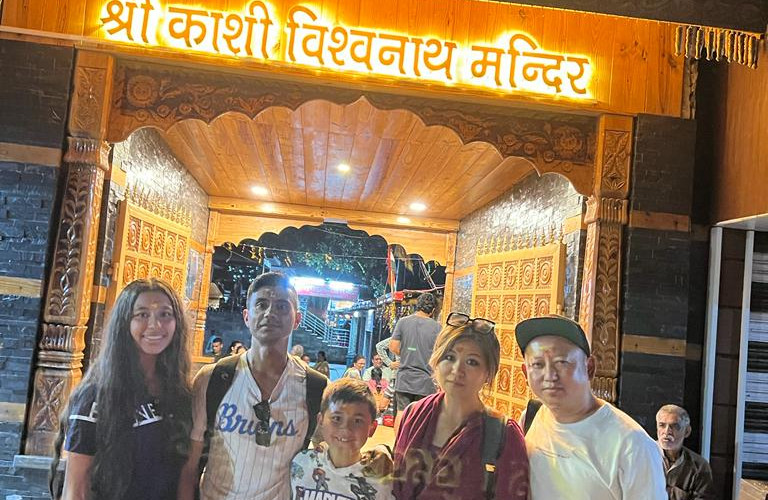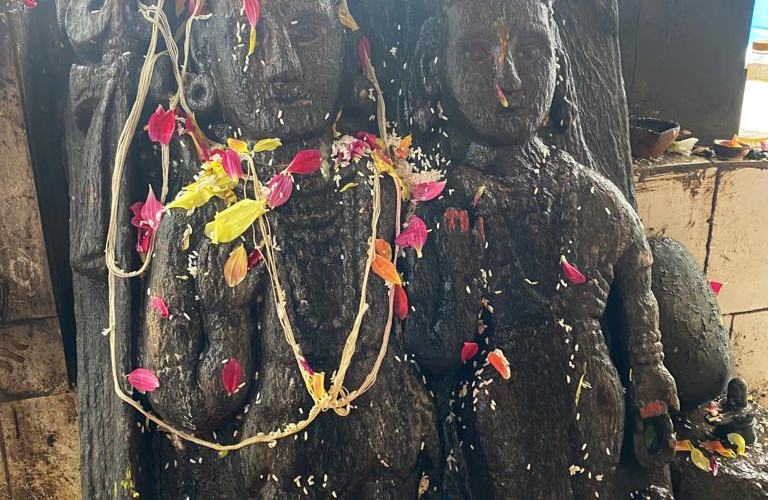- Oct 9, 2022
- 2 min read
Updated: Oct 19, 2022
Part 1 of 7
The drive from Mussorie to Barkot was very quiet and beautiful. Nepalese students often went to India in the 1990s for further education, at least the ones I knew did. Dehradun and Mussorie are known as places where people go to school. They are home to many well-known schools, such as Doon, Woodstock, and Welhams.
In 1996, after getting our SLC results, we went to India with our parents to get into +2. The plane was full of students and parents. But it was clear that our priorities were different from those of our parents, so we treated this trip like a short vacation.
The memories came flooding back when we saw the Tavern Cafe in Mussoorie. Back then, we were all about getting things right away or doing things to be popular or cool, whatever that meant. People often say that the name Mussoorie comes from a shrub called Mansr. Most Indians refer to the town as Mansuri most of the time. The Gorkhas, led by Amar Singh Thapa, took over the Garhwal and the Dehra in 1803. This is when Mussoorie was built. On November 1, 1814, the British and the Gorkhas went to war. By 1815, the Gorkhas had left Mussoorie, and by 1819, it was part of the Saharanpur district.
Before going to Yamunotri Dham, we stayed the night in Barkot.The streets, terrain, and atmosphere of the place reminded me of the walk from Bagar to Naudada in the 1980s, when donkeys were still the main way to move goods. Also, 75–80% [not fact checked] of the service providers along the route are from the communities of Jajarkot, Khalanga, Kalikot, and Chisapani. Because of their feats against the colonial British forces, I have always identified those villages and their people with bravery, sovereignty and pride.
Hindus worship the Yamuna River, which is the Ganges River's largest tributary. Hindu scriptures say that sin can be washed away by taking a bath in or drinking from the Yamuna. We said prayers to the Yamuna River and promised to do what we can to help clean up our waterways. Then, we cooked the rice by wrapping it in a cloth and putting it in the hot water of the Taptkund, just like they do at Yamunotri. Pooja was also performed at the Hanuman ji Temple and the DivyaShila. Then, we paid our respects to Baba Sitaram, a Nepalese born saint who had meditated at the Hanuman Temple for 70 years alongside DivyaShila. From Sitram Baba's followers we learnt more about Nepali priest community in Yamunotri. In the evening, we went back to Barkot.



























